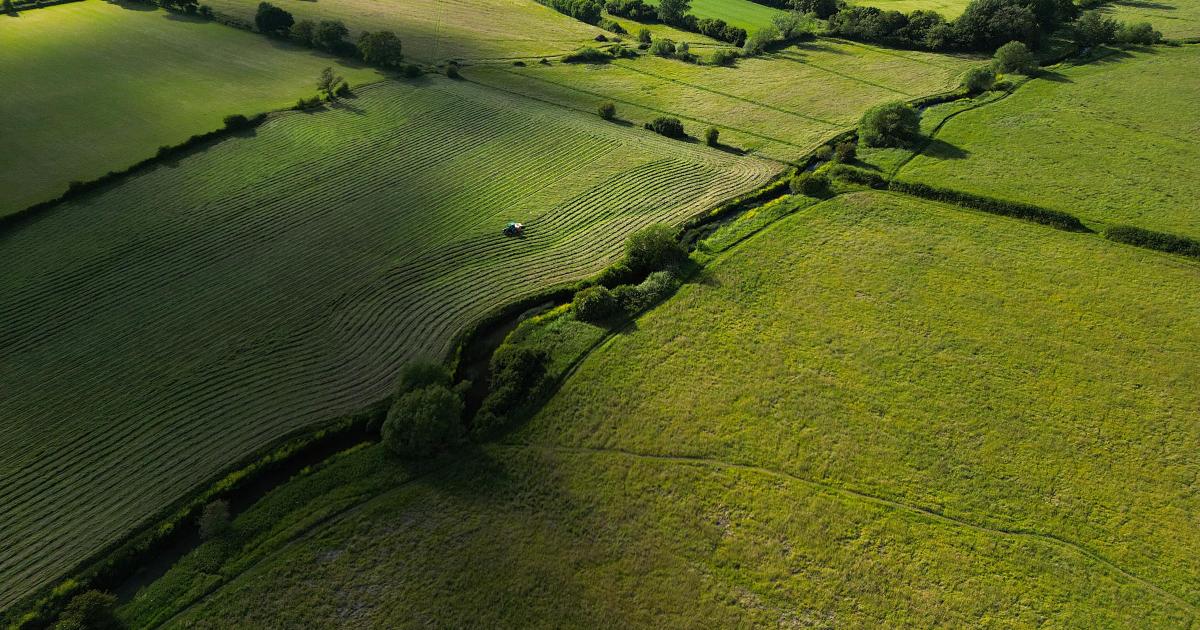But amid this drop, it’s arable land that’s emerging as the clear front-runner in a cautious rural property market.
While the average price of farmland edged down 1% to £8200 per acre, this modest decline masks notable shifts in both regional trends and farm type composition. The volume of arable land hitting the market is at its highest level in a decade, with arable farms accounting for 49% of all land marketed, significantly higher than the ten-year average of 37%.
“Corn versus horn is the current story,” said Andrew Teanby, director of rural research at Savills. “Our analysis shows that arable land now accounts for a much larger proportion of the market than usual.”
A total of 41,600 acres of arable land were launched in the first six months of 2025, the largest figure since 2015 and well above the nine-year average of 27,800 acres. In contrast, dairy land continues to hover around 4–5% of the market, and livestock and mixed farms have declined in market share.
The shift comes despite beef and lamb prices remaining buoyant, while cereal prices have slumped by 14% in the past 18 months, applying pressure to margins for combinable crops. This, combined with cuts to delinked payments coming in 2025 and 2026, is prompting some arable farmers to reconsider their long-term plans.
“Policy change and input cost pressures are likely driving some arable landowners to market,” added Teanby.
In England, the total volume of farmland for sale has fallen 17% year-on-year, while Scotland saw a 14% drop in supply. Wales was the only nation to buck the trend, recording a 3% rise, although this was largely due to the marketing of the 3784-acre Nannau Estate in Gwynedd.
According to Alex Lawson, head of rural agency at Savills, quality and location are increasingly influential in determining price and buyer interest.
“Pricing is now acutely driven by individual property characteristics – not just acreage,” he said. “Well-maintained infrastructure and land quality are playing a growing role in buyer decisions.”
In Scotland, although transaction volumes remain limited, prices appear stable. “Early evidence points to values holding firm,” said Luke French, Savills’ head of rural agency in Scotland. “Established hotspots, particularly in the southeast, continue to attract interest, often via private sale from progressive local farms or external capital.”
Despite the cooling in average values, dry weather in early summer has led to earlier-than-expected harvests, with some growers reporting better-than-forecast yields which may boost confidence for the rest of the year.
Nonetheless, looming policy reforms are casting a shadow over the market. Potential changes to inheritance tax and other fiscal measures are causing some uncertainty, with stakeholders awaiting clarity before making long-term decisions.
“There’s still appetite in the market,” concluded Mr Teanby, “but sellers and buyers alike are becoming increasingly strategic about timing and type of farm.”
